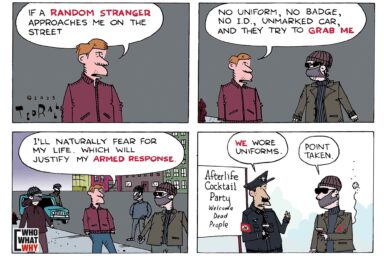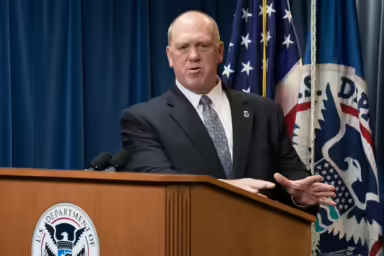The Supreme Court’s decision to end affirmative action in college admissions would make perfect sense in a world with no racism.
|
Listen To This Story
|
The Supreme Court’s decision to end affirmative action in college admissions makes perfect sense in a world in which there is no racism.
In that case, why would you give any kind of preference to a Black or Hispanic student? The problem is that we don’t live in that world. Therefore, affirmative action is a way to level the playing field. It is an imperfect tool to do so, but a tool nonetheless.
Earlier this week, in an article about Shelby County v. Holder, another disastrous Supreme Court decision that pretended that racism was no longer a thing, we said that the reasoning of the justices who decided to gut the Voting Rights Act was “either incredibly dumb or extremely devious.”
The same applies to the affirmative action case.
It is easy to say that college admissions should all be about the “merits” of a student. But it’s foolish to believe that the circumstances and life experiences of that student don’t play a major role here.
Let’s look at two students to examine their academic credentials: Student A has a very good SAT score, a 4.0 GPA, and has written a superb essay. Student B has the same SAT score, a 3.95 GPA, and an essay that is just a bit less superb.
If there is one spot left in Fancy University, Student A seems more deserving. And that would be the case in a scenario where both competed on a level playing field.
But what if we learn that Student A had access to expensive tutors, drove his own car to school, was able to attend courses to prep for the SAT, and had help from somebody whose job it is to write college admissions essays?
And what if we also find out that Student B had to ride a bus for an hour each way to get to a comparable high school and, instead of spending his afternoons with tutors or prep courses, had to work to help his mom make ends meet?
Let’s talk about merit again. Who is more deserving now?
That doesn’t mean that the experience of every white kid mirrors that of Student A or that every Black or Hispanic student comes from the “wrong side of the tracks,” but, generally speaking, the socioeconomic differences among these groups, and their effect on educational achievement, persist.
Affirmative action, while not an optimal solution, helped to address these differences… and the conservative Supreme Court majority ignored them yesterday.
We don’t have to look far to see what happens when the court bases a ruling on the assumption that there is no more systemic racism in the United States.
Ten years ago this week, in the aforementioned Shelby County decision, that was the rationale for allowing states with a history of discrimination to begin writing their election laws without federal oversight.
And, boy, did they write those election laws.
In the intervening decade, these states enacted hundreds of them (while also closing tons of polling locations). Predictably (although apparently not for the Supreme Court justices who ruled in this case), the sum of all of this activity was that voting became more difficult for minorities.
It’s easy to see how yesterday’s decision could have a similar effect, which would also reduce diversity on college campuses.
In addition, it is also possible that this ruling will be used for legal challenges to programs attempting to increase diversity in businesses, the military, school faculties, etc.
And, in the end, that just protects the status quo… which would be fine if we lived in a world where everybody had the same opportunities and operated on a level playing field.
But, sadly, we do not.




